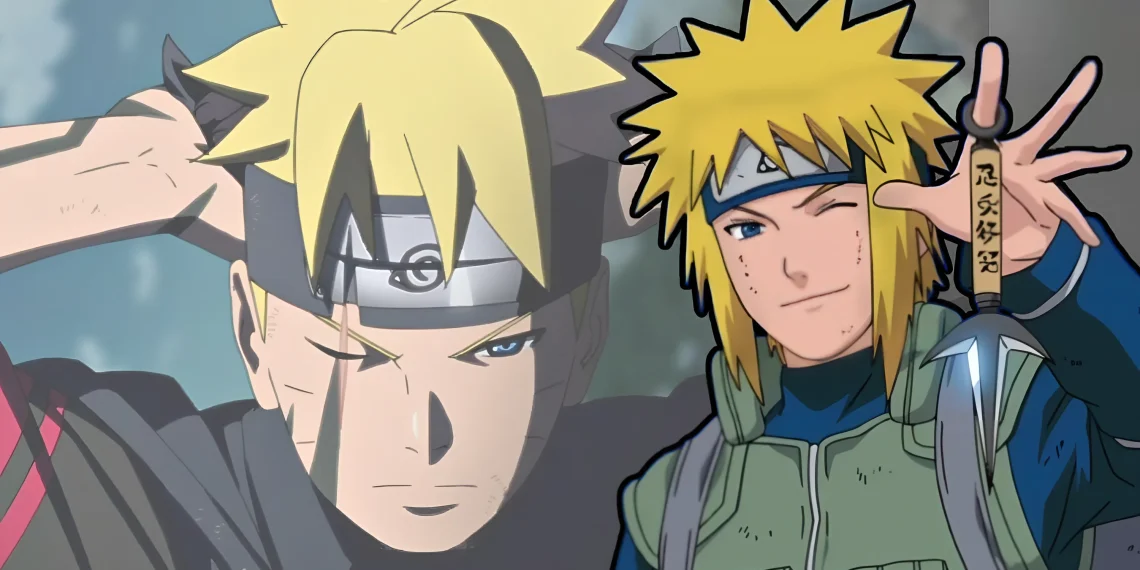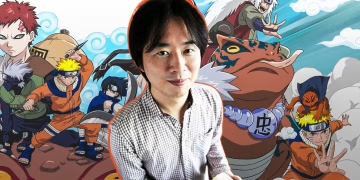Since Boruto: Naruto Next Generations began, fans have been comparing the protagonist, Boruto Uzumaki, to his grandfather, Minato Namikaze the legendary Fourth Hokage of Konoha.
Unlike Boruto’s father, Naruto Uzumaki, who overcame numerous challenges to achieve his dreams, Boruto’s character showed signs of prodigious talent from an early age, much like Minato did.
Known for his natural genius, Minato’s remarkable speed and mastery over complex techniques left an unforgettable mark on the ninja world.
Although Boruto inherited his father’s confidence, his exceptional abilities made him seem closer to Minato’s legacy.
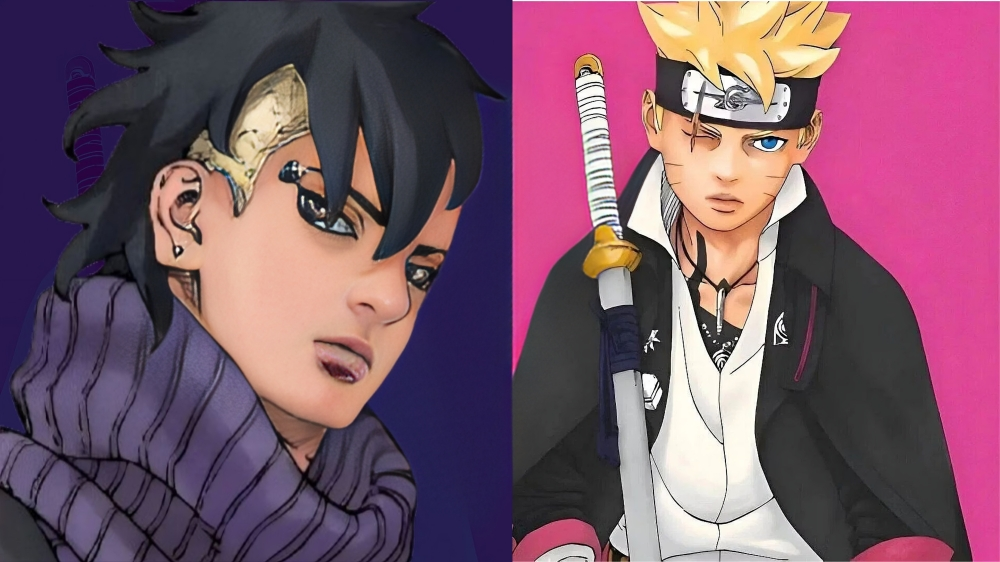
However, many fans were initially skeptical, arguing that Boruto lacked the maturity and discipline required to be a “worthy successor” to Minato’s legacy.
Throughout Boruto’s journey, his abilities and character have developed significantly, showing clear signs that he’s growing into a shinobi who respects his lineage and learns to embrace the values and responsibilities that come with it.
While the earlier chapters of Boruto may have shown him as brash and occasionally rebellious, recent events in the manga have shifted this perspective.
With the revelation of Boruto’s own version of the Flying Thunder God Technique, Boruto has achieved something that truly places him in line with Minato’s legendary prowess.
Here’s how Boruto’s journey has gradually proven that he is, in fact, a worthy successor to Minato’s incredible legacy.
Comparing Boruto and Minato’s Natural Genius
One of the primary reasons fans started comparing Boruto to Minato early on was his natural talent and intellect.
Minato was celebrated for being a genius and a prodigy, a ninja who rose through the ranks quickly and mastered techniques that others found daunting.
His speed and mastery over the Flying Thunder God Technique earned him the title of “Yellow Flash,” making him one of the most respected shinobi in Konoha’s history.
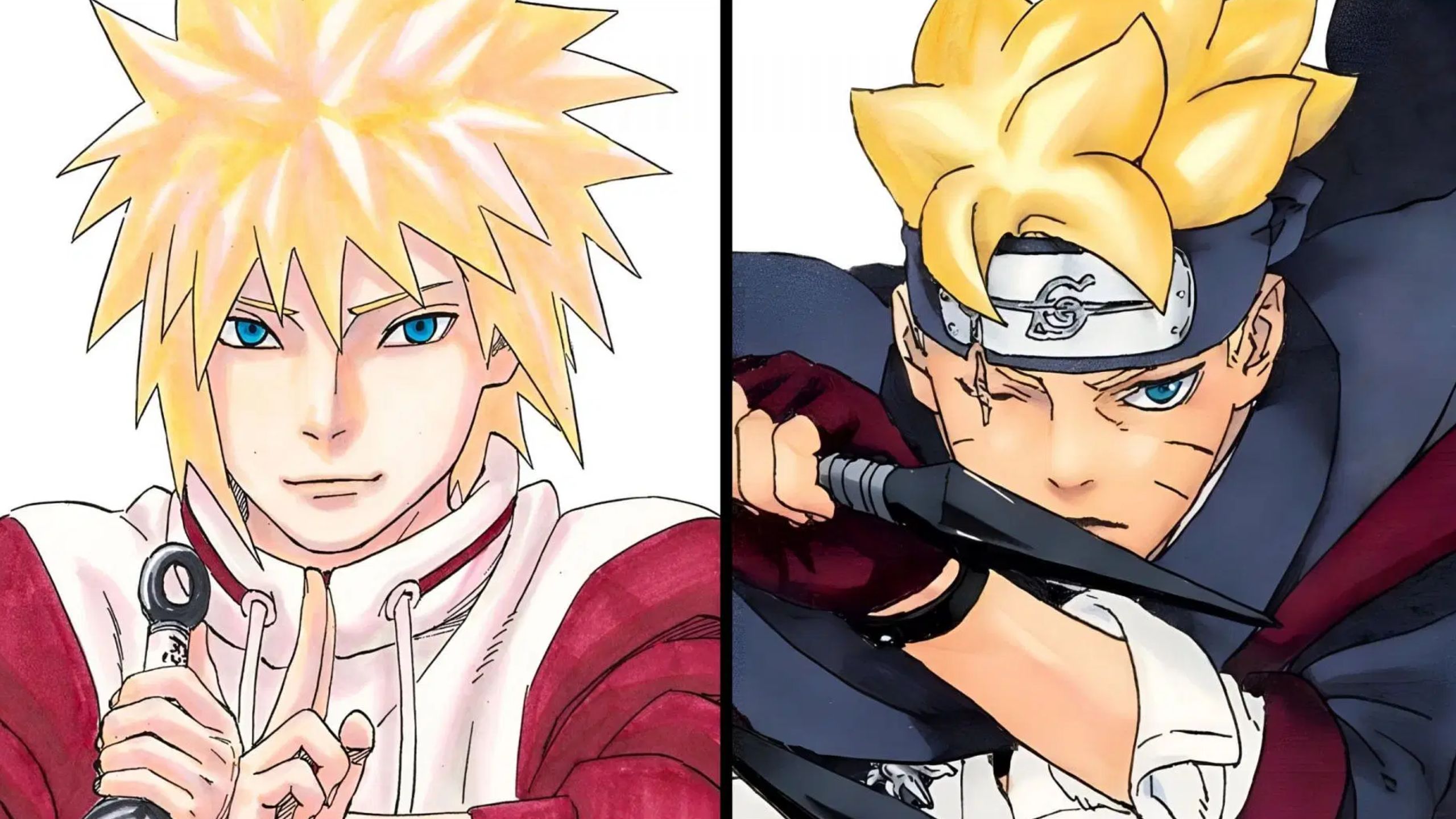
Although Minato did not come from a famous clan with unique abilities, his unparalleled skill and intelligence set him apart as a force to be reckoned with.
Boruto, by contrast, began his journey under a vastly different set of circumstances. Born into privilege as the son of the Seventh Hokage, he didn’t have to face the same hardships Naruto or even Minato did.
However, from a young age, Boruto displayed a remarkable aptitude for ninja techniques. Unlike his father, who struggled initially with ninjutsu, Boruto quickly picked up advanced skills, surprising those around him.
He demonstrated an ability to think quickly, adapt to situations, and perform jutsu with a finesse that resembled Minato’s natural talents.
Boruto’s rapid progress earned him the reputation of a genius within his generation, sparking comparisons to Minato’s own youthful excellence.
Despite this, many fans were hesitant to fully embrace the idea of Boruto as a successor to Minato’s legacy.
Boruto’s early behavior arrogant and resentful of his father’s role as Hokage made it difficult for some to see him as a mature, responsible shinobi.
Minato was admired not only for his strength but also for his humility, wisdom, and deep sense of duty.
For Boruto to prove himself worthy, he would need to develop similar qualities, something fans doubted he could achieve.
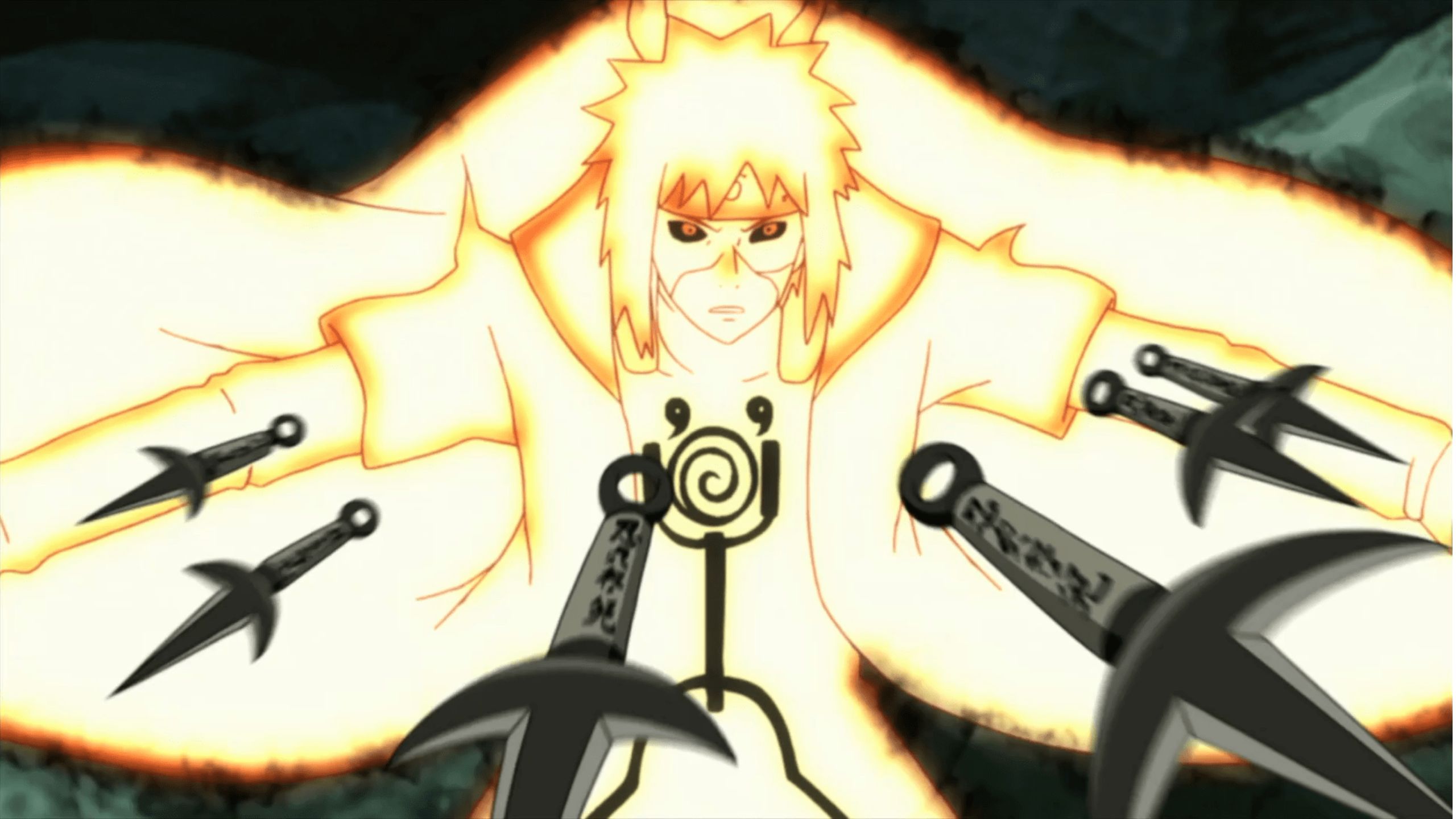
However, as the story unfolds, Boruto’s character has evolved, showing that he has the potential to not only match his grandfather’s skills but also to embody his values.
Boruto’s Journey to Mastering Space-Time Ninjutsu
One of the most pivotal moments in Boruto’s journey has been his pursuit of Space-Time Ninjutsu, an advanced form of ninjutsu that allows the user to manipulate time and space.
In the Naruto universe, Space-Time Ninjutsu is exceptionally difficult to master, with very few shinobi capable of using it effectively.
Minato’s Flying Thunder God Technique, which allowed him to teleport instantaneously to marked locations, is a prime example of this kind of power.
This technique played a significant role in Minato’s legacy, making him one of the most feared and respected shinobi in the world.
For Boruto, the journey toward mastering a similar technique began with his Karma, a mysterious mark given to him by the Otsutsuki clan.
Karma granted Boruto access to abilities far beyond those of ordinary shinobi, including a form of Space-Time Ninjutsu.
However, unlike Minato’s technique, Boruto’s initial teleportation abilities were unstable and unpredictable, as they relied on the power of the Otsutsuki rather than his own skill.
This lack of control frustrated Boruto, who realized that he needed a more reliable method if he hoped to wield such power effectively.
In recent chapters, Boruto’s determination to create a stable Space-Time Ninjutsu technique has been a driving force in his training.

Over a period of six years, he worked tirelessly to find a way to harness this power independently, without relying on the unpredictable nature of Karma.
His efforts eventually led him to create his own version of the Flying Thunder God Technique, one that is uniquely his own.
This achievement not only reflects his intelligence and creativity but also demonstrates his willingness to put in the hard work required to master such a challenging skill.
Kashin Koji’s Influence on Boruto’s Development
Another essential factor in Boruto’s growth as a shinobi has been his relationship with Kashin Koji, a mysterious figure with strong ties to the past.
Kashin Koji, who bears a striking resemblance to Jiraiya, has been an invaluable mentor to Boruto, helping him understand both the potential and the limitations of his powers.
In Boruto: Two Blue Vortex chapter 16, a flashback reveals a training session between Boruto and Koji, where they discuss the intricacies of Space-Time Ninjutsu and the challenges of mastering such a technique.
Kashin Koji’s role in Boruto’s life has been similar to that of Jiraiya in Naruto’s journey.
Just as Jiraiya guided Naruto and helped him develop into a powerful shinobi, Koji has provided Boruto with the guidance and knowledge he needs to grow.
Through his training with Koji, Boruto learned that power alone is not enough; it must be refined, controlled, and used responsibly.
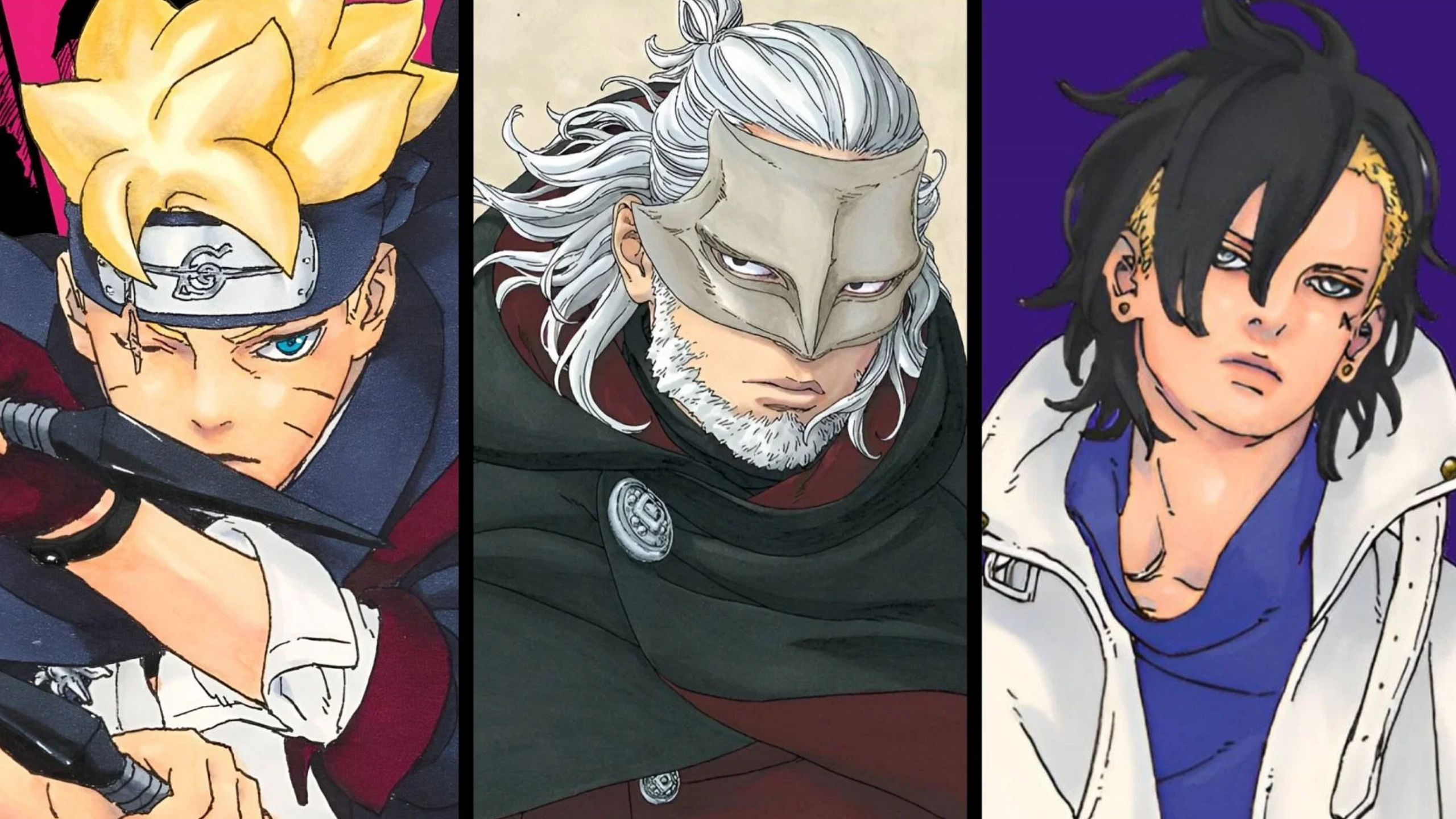
This lesson has had a profound impact on Boruto’s development, instilling in him a sense of discipline and patience that was often lacking in his earlier years.
Koji’s mentorship has also helped Boruto move beyond his reliance on Karma, teaching him that true strength comes from within.
By focusing on his own chakra and abilities, Boruto has been able to create a technique that mirrors his grandfather’s legacy without depending on external powers.
This process has been a crucial part of his journey toward maturity, showing that he has the potential to live up to the legacy of the Fourth Hokage.
Creating a Unique Version of the Flying Thunder God Technique
Boruto’s version of the Flying Thunder God Technique is a testament to his ingenuity and adaptability as a shinobi.
While Minato’s original jutsu involved marking specific locations with a special seal, allowing him to teleport instantly, Boruto’s adaptation uses ninja tools as a medium for his teleportation.
By infusing these tools with his chakra, Boruto can teleport to their location, creating a technique that, while different from Minato’s, achieves a similar effect.
However, Boruto’s technique is not without its limitations. Unlike Minato’s instantaneous teleportation, Boruto’s version requires him to carefully manage his chakra-infused tools, making it more complex and challenging to use.
Additionally, while Minato could teleport instantly over vast distances, Boruto’s technique takes longer, especially when the destination is far away.
This slower teleportation makes it less effective in high-speed combat scenarios, though it still offers Boruto a significant advantage.
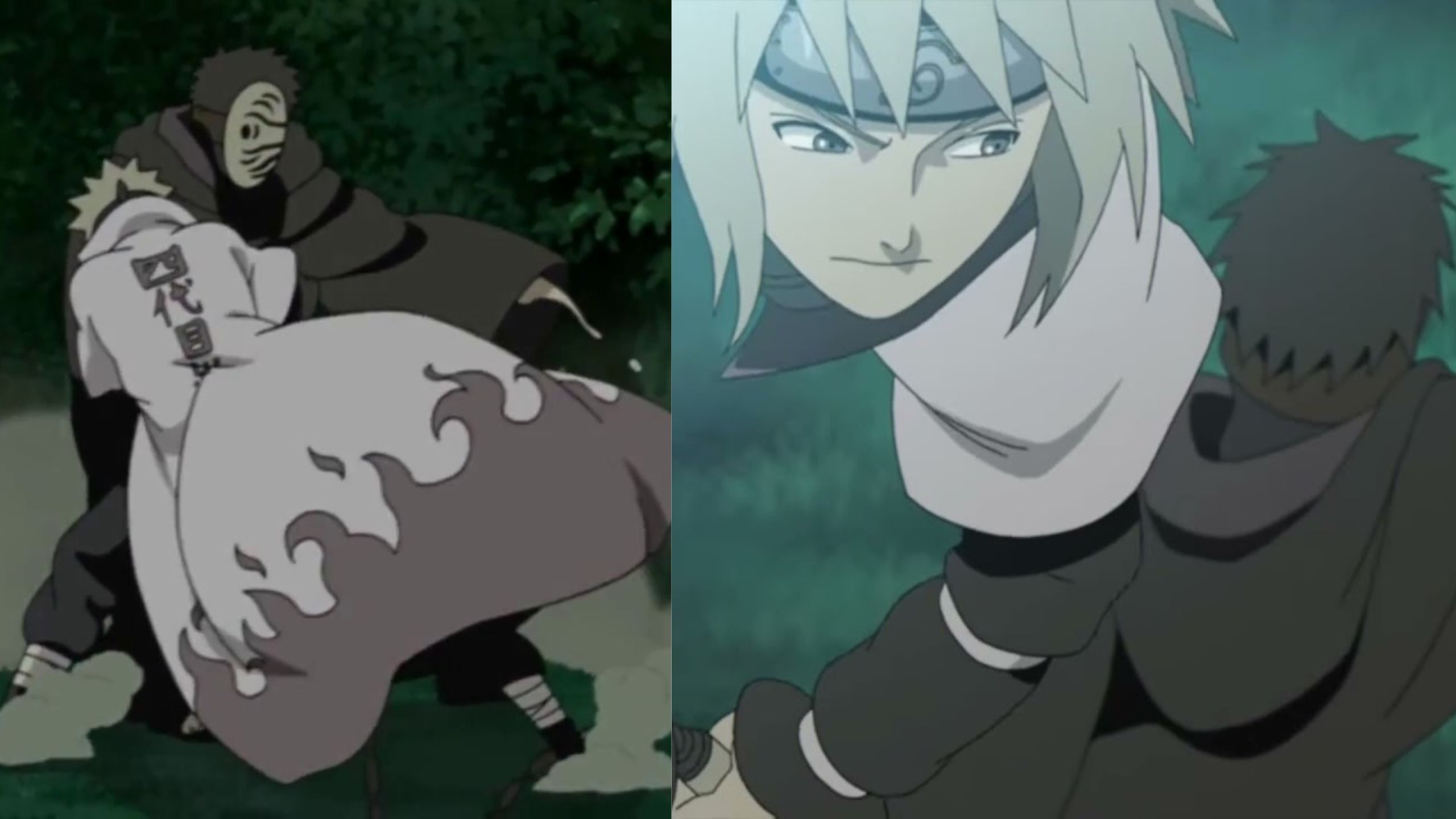
To overcome these limitations, Boruto developed a method of organizing his tools by shape, allowing him to differentiate between various teleportation points.
This innovation not only showcases his intelligence and resourcefulness but also enables him to use the technique more effectively, even in complex situations.
By creating a system that allows him to manage multiple teleportation points, Boruto has shown a level of strategic thinking that is rare among shinobi of his generation.
Honoring Minato’s Legacy Through His Technique’s Name
One of the most powerful aspects of Boruto’s achievement is his decision to name his new technique after Minato’s Flying Thunder God Technique.
Despite the differences between the two jutsu, Boruto chose to honor his grandfather’s legacy by giving his own teleportation technique the same name.
This decision is deeply symbolic, reflecting Boruto’s respect for his family’s history and his desire to live up to the example set by Minato.
For Boruto, naming his technique after the Flying Thunder God represents a turning point in his character.
In the past, Boruto often felt weighed down by his family’s legacy, struggling to find his own path while living in the shadow of his father and grandfather.
By naming his jutsu after Minato’s, Boruto has embraced his heritage, acknowledging the importance of his family’s contributions to the ninja world.
This act demonstrates a newfound maturity, showing that Boruto no longer sees his lineage as a burden but as an inspiration to achieve greatness.
Boruto’s decision to adopt the Flying Thunder God name also symbolizes his commitment to upholding the values that Minato represented.
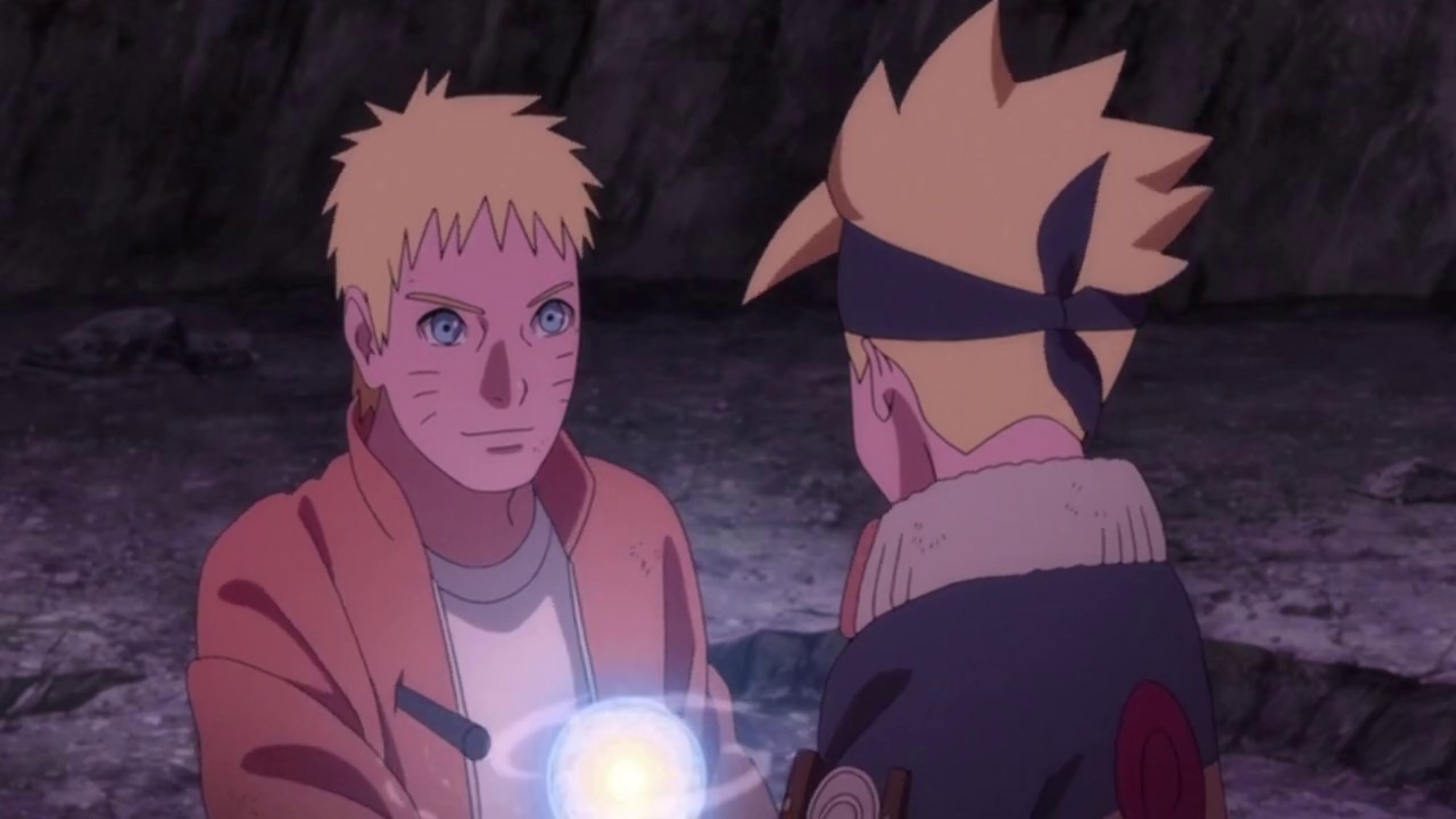
The Fourth Hokage was not only a powerful shinobi but also a wise and compassionate leader who put the well-being of his village above all else.
By following in Minato’s footsteps, Boruto shows that he understands the responsibility that comes with such power and that he is prepared to use his abilities for the benefit of others.
Boruto’s Journey from Rebel to Responsible Shinobi
Boruto’s transformation from a rebellious child to a responsible shinobi has been a key theme in the series.
At the beginning of his journey, Boruto was often frustrated with his father’s role as Hokage, feeling neglected and resentful.
This resentment led him to act out, seeking attention and validation in ways that were often reckless.
However, as he has grown and faced various challenges, Boruto has come to understand the true nature of leadership and responsibility.
Through his training with Koji, his development of the Flying Thunder God Technique, and his decision to honor his family’s legacy, Boruto has shown a level of growth that few could have predicted.
He has moved beyond his initial frustrations, embracing his role as a shinobi and recognizing the importance of carrying on the values of those who came before him.
In doing so, he has proven himself not only as a worthy successor to Minato but as a young man who has the potential to become a powerful leader in his own right.
Boruto’s journey is far from over, and it is likely that he will continue to face new challenges and obstacles.
However, with each step forward, he brings honor to his family’s legacy, showing that he has the strength, wisdom, and determination to carry on the spirit of the Fourth Hokage.
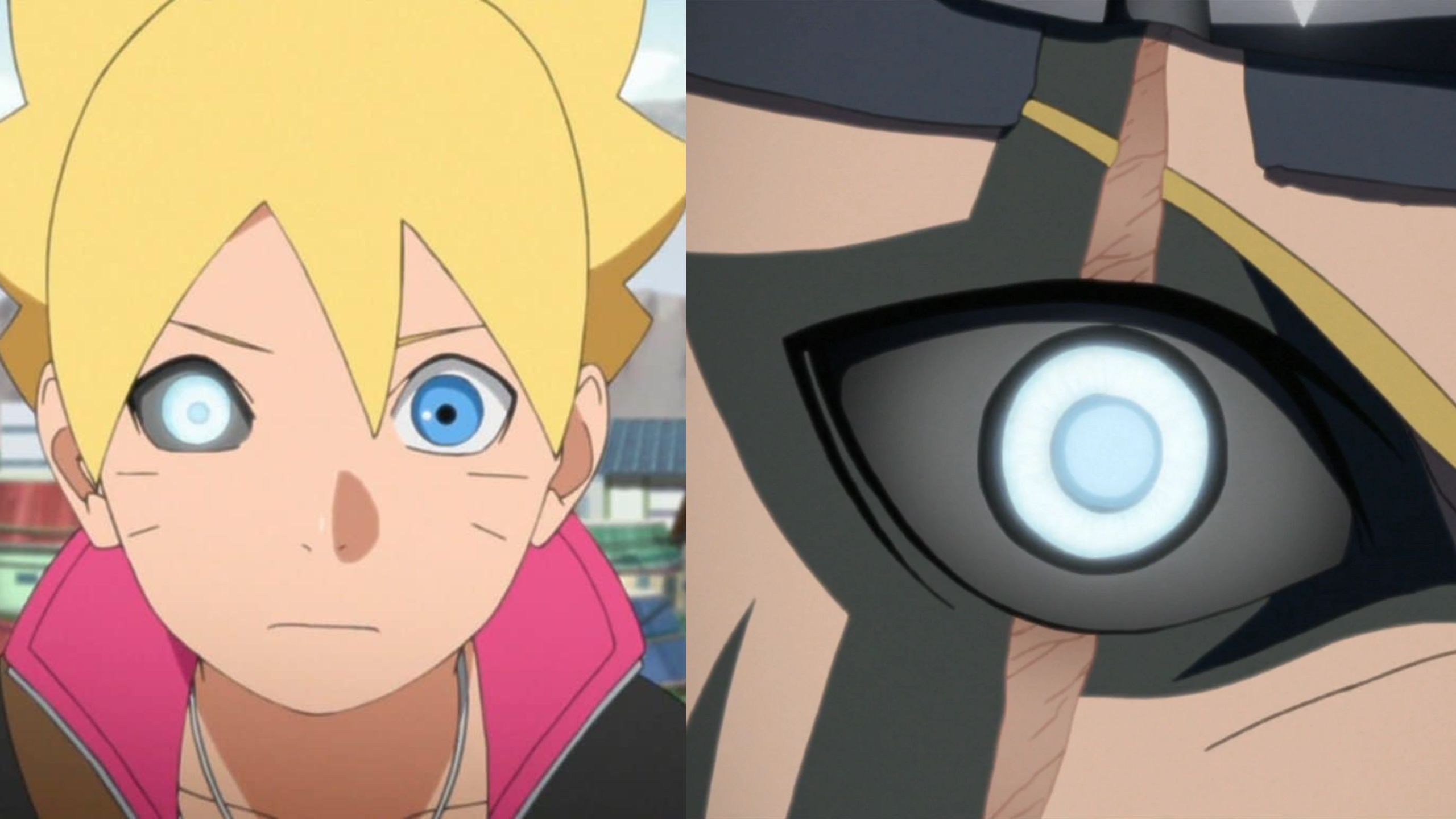
By forging his path and developing his version of the Flying Thunder God Technique, Boruto has truly proven himself as Minato’s worthy successor.
In the Boruto world, where the legacy of past generations is always present, Boruto’s journey serves as a powerful reminder of the importance of family, heritage, and personal growth.
By embracing his lineage and forging his way forward, Boruto has not only honored the memory of Minato Namikaze but also set a powerful example for the next generation of shinobi.
His achievements demonstrate that true strength lies not just in power but in wisdom, responsibility, and a commitment to using one’s abilities for the greater good.
In doing so, Boruto has shown that he is indeed Minato’s worthy successor, carrying forward the values and legacy of the Fourth Hokage into a new era.

